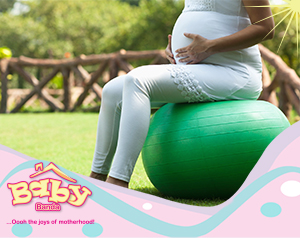The pelvic floor is a group of muscles and ligaments which support the bladder, uterus (womb) and bowel. The openings from these organs, the urethra from the bladder, the vagina from the uterus and the anus from the bowel, pass through the pelvic floor. The pelvic floor muscles attach to your pubic bone at the front and the tail bone at the back and from the base of your pelvis. A strong pelvic floor supports the pelvic organs adequately and also helps you to control your bladder and bowel functions without having ‘accidents’.
Causes of Pelvic floor weakness
- Childbirth – especially on delivery of a large baby or prolonged pushing during delivery
- Obesity
- Persistent constipation
- Having regular bouts of coughing
- Changes in hormonal levels e.g. during menopause
- Ageing
Strengthening the pelvic floor muscles
All women should do regular pelvic exercises throughout to prevent weakness and improve strength.
1. One of the most effective pelvic exercises is known as the ‘Kegel exercises’.
- To identify your pelvic floor muscles, imagine what muscles you would tighten to stop yourself from passing wind or to ‘hold on’ from passing urine. Once you’ve identified your pelvic floor muscles you can do the exercises in any position.
- Tighten your pelvic floor muscles, hold the contraction for five seconds, and then relax for five seconds. Try it four or five times in a row. Work up to keeping the muscles contracted for 10 seconds at a time, relaxing for 10 seconds between contractions.
- For best results, focus on tightening only your pelvic floor muscles. Be careful not to flex the muscles in your abdomen, thighs or buttocks. Avoid holding your breath. Instead, breathe freely during the exercises.
- Aim for at least three sets of 10 repetitions a day.
2. Aerobic exercises like walking, swimming, dancing, etc.













